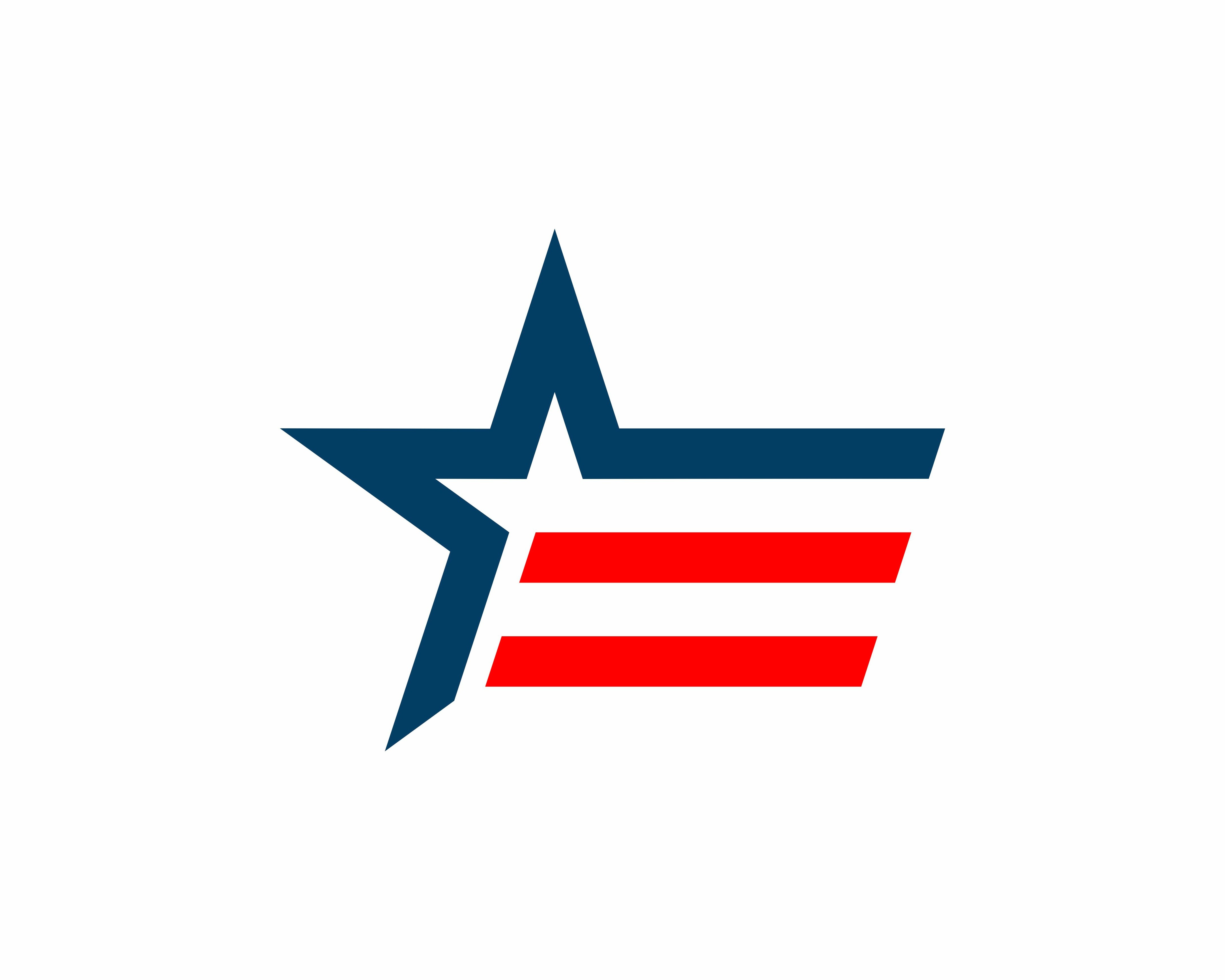
Form 1095-B Explained: Guide to Reporting Coverage
Navigating the complexities of health coverage reporting can often feel overwhelming, especially with the ever-evolving landscape of tax laws and forms. Among these, Form 1095-B stands out as a pivotal document, crucial for verifying your health coverage during a specific tax year. Understanding this form is not just about compliance; it’s about ensuring peace of mind and accuracy in your tax filings, in line with the Affordable Care Act (ACA) provisions.
Understanding Form 1095-B: Your Health Coverage Ally
What Is Form 1095-B?
Form 1095-B, known as “Health Coverage,” is an official document from the Internal Revenue Service (IRS) that reports individuals who have minimum essential health coverage. This form is typically provided by health insurance providers, which can include employers offering self-insured plans, as well as government programs like Medicaid or Medicare. The form details:
- The type of health coverage you have.
- The duration of your coverage.
- The individuals covered under your plan.
This information is essential for the IRS to verify that you meet the ACA’s requirement to maintain minimum essential coverage, thereby avoiding the individual shared responsibility payment, which was a penalty for not having health insurance.
The Importance of Form 1095-B
While the individual shared responsibility payment was reduced to zero at the federal level starting in 2019, several states have implemented their own mandates requiring health coverage. Form 1095-B serves as proof of coverage, which can be crucial for state tax purposes. Keeping this form in your records is advisable, as it provides:
- Documentation of health coverage for you and your dependents.
- Assistance in preparing both federal and state tax returns.
- Evidence of coverage in case of inquiries from tax authorities.
Imagine the peace of mind knowing that you have all the necessary documentation to support your health coverage claims. This form is your ally in ensuring that your tax filings are accurate and compliant.
Receiving and Utilizing Form 1095-B
Health coverage providers are responsible for furnishing Form 1095-B to covered individuals. Typically, you should receive this form by January 31 following the coverage year. For instance, for coverage in 2024, you should expect to receive the form by January 31, 2025. Upon receiving Form 1095-B, consider the following steps:
- Review the Information: Carefully check all details, such as your name, Social Security number, and coverage period, to ensure accuracy. This step is crucial to avoid any discrepancies that could lead to complications.
- Retain for Your Records: Although you don’t need to attach Form 1095-B to your tax return, keep it with your tax documents for future reference. This practice ensures you have proof of coverage readily available if needed.
- Consult for State Taxes: If your state has a health coverage mandate, use the form to complete any state-specific reporting requirements. This proactive approach can save you from potential penalties and ensure compliance with state laws.
Anticipating Changes and Updates for 2025
As of January 2025, there are no significant federal changes to Form 1095-B reporting requirements. However, staying informed about any state-level mandates that may affect you is essential. For the most current information, refer to the IRS’s official page on Form 1095-B.
Frequently Asked Questions
- Do I need to file Form 1095-B with my tax return?
No, you don’t need to file Form 1095-B with your tax return. However, it’s wise to keep it in your records as proof of coverage.
- What should I do if I don’t receive Form 1095-B?
If you don’t receive the form by mid-February, reach out to your health coverage provider to request a copy. Prompt action can prevent delays in your tax preparation process.
- Is Form 1095-B required for state tax returns?
This depends on your state’s requirements. Some states with individual mandates may require information from Form 1095-B for state tax filings. Checking your state’s specific guidelines can help you stay compliant.
Harnessing the Strength of Being Prepared
Understanding Form 1095-B is crucial for accurate health coverage reporting and tax compliance. By familiarizing yourself with its purpose and ensuring the information is correct, you can confidently navigate your tax responsibilities and avoid potential issues related to health coverage verification. Embrace the power of preparedness, and let this form be your guide to a seamless tax filing experience.
Need More Time to Finish your 2024 Tax Return? File a Tax Extension & Delay Tax Day until October 2025.
Get an instant 6-month extension in just 5 minutes, with no IRS explanation needed. The fast, streamlined online process makes filing simple, so you can avoid penalties and get extra time to prepare.
Get Started
